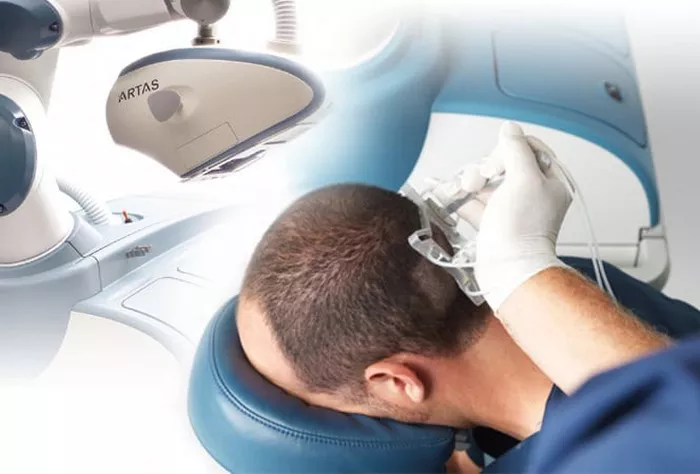Hair transplant surgery has become an increasingly popular solution for individuals experiencing hair loss or thinning hair. Many people who undergo this procedure eagerly await the moment they can see new hair growth. However, the process of hair regrowth after a transplant is gradual and involves several stages, making it essential to understand the timeline and what to expect. In this article, we will explore how long after a hair transplant hair starts to grow, the phases of hair regrowth, and key factors that influence the process.
Understanding Hair Transplant Procedures
Before delving into the timeline of hair growth, it is important to understand what happens during a hair transplant. The most common methods are Follicular Unit Transplantation (FUT) and Follicular Unit Extraction (FUE). Both involve relocating healthy hair follicles from a donor area—usually the back or sides of the scalp—to the thinning or bald areas. The transplanted follicles are carefully implanted, and after the procedure, they require time to settle and begin producing new hair.
The Hair Growth Cycle and Transplant Recovery
Hair growth follows a natural cycle composed of three main phases: anagen (growth phase), catagen (transitional phase), and telogen (resting phase). When follicles are transplanted, they initially go through a resting phase before entering the active growth phase. Understanding this cycle helps explain why immediate hair growth is not visible after surgery.
The Timeline of Hair Growth After a Hair Transplant
1-2 Weeks Post-Transplant: Initial Healing and Shedding
During the first couple of weeks, the scalp will heal from the surgical procedure. Small scabs may form around the transplanted follicles, and redness or swelling might be present. Importantly, the transplanted hairs often shed during this period in what is known as “shock loss.” This shedding is normal and temporary, as the follicles enter the resting phase before starting new hair production.
1-3 Months: Dormancy and Early Regrowth
After shedding, the transplanted hair follicles remain dormant for several weeks. This phase can be discouraging for many patients since visible growth is minimal. However, by the end of the third month, tiny new hairs begin to emerge. These initial hairs tend to be fine and thin but will gradually thicken over time.
4-6 Months: Noticeable Hair Growth
Between four and six months post-transplant, most patients observe more significant hair growth. The transplanted follicles enter the anagen phase, producing stronger and longer hairs. This period marks a crucial stage in evaluating the success of the transplant, as the density and texture of new hair improve.
6-12 Months: Continued Growth and Maturation
Hair continues to grow and mature in the months following the procedure. By the one-year mark, many patients have achieved substantial hair coverage and natural appearance. The hair becomes thicker, denser, and blends seamlessly with existing hair. Some individuals might even experience minor improvements up to 18 months post-surgery.
Factors Affecting Hair Growth After a Transplant
Several factors can influence the speed and quality of hair growth following a transplant:
- Age and Health: Younger patients and those in good overall health typically experience faster recovery and better growth.
- Surgeon’s Skill: The expertise of the surgeon impacts the survival rate of transplanted follicles.
- Post-Operative Care: Following proper post-surgery care guidelines, including recommended hair care steps, significantly affects the outcome.
- Hair Type and Donor Quality: Hair texture, color, and the quality of donor follicles can alter growth results.
Essential Hair Care Steps After a Hair Transplant
Proper care after a hair transplant is critical to support hair follicle survival and promote healthy regrowth. Patients are usually advised to follow specific hair care steps such as gentle washing, avoiding direct sunlight, and refraining from strenuous activities for a few weeks. These steps help minimize complications and improve the success of the transplant.
Common Questions About Hair Growth Post-Transplant
Will All Transplanted Hair Grow?
While the vast majority of transplanted follicles grow successfully, a small percentage may fail to survive due to trauma or inadequate blood supply. Maintaining scalp health and adhering to post-op instructions can maximize the chances of successful growth.
When Can I Resume Normal Hair Care?
Most surgeons recommend waiting 10 to 14 days before resuming regular hair washing and styling. During this time, gentle care is crucial to avoid damaging newly implanted follicles.
Can Hair Growth Be Accelerated?
There are no guaranteed methods to speed up natural hair growth, but adopting healthy habits and following professional hair health advice can support optimal results. Using recommended topical treatments or supplements might be advised in some cases.
Additional Hair Health Advice for Long-Term Success
Beyond the transplant procedure, maintaining good scalp health is essential to preserve and enhance hair growth. Following expert hair health advice—including a balanced diet, avoiding harsh chemicals, and protecting hair from excessive heat or sun exposure—can help sustain the benefits of a transplant and support overall hair vitality.
Conclusion
Understanding the timeline for hair growth after a hair transplant is crucial for setting realistic expectations. Hair growth is a gradual process, with initial shedding followed by dormant phases and eventual visible regrowth between three to six months, reaching fuller maturity around 12 months or more. Success depends on various factors, including surgical technique, individual health, and diligent post-operative care. By adhering to proper hair care steps and maintaining overall hair health, patients can enjoy natural, lasting results and regain confidence with their revitalized hair.
Related Topics:
- Estherian Launches Dedicated DHI Hair Transplant Clinic in Istanbul
- Hair Transplant Industry Booms but Faces Deadly Safety Challenges
- HairSmart Named Top Post-Hair Transplant Shampoo in 2025 Consumer Survey


